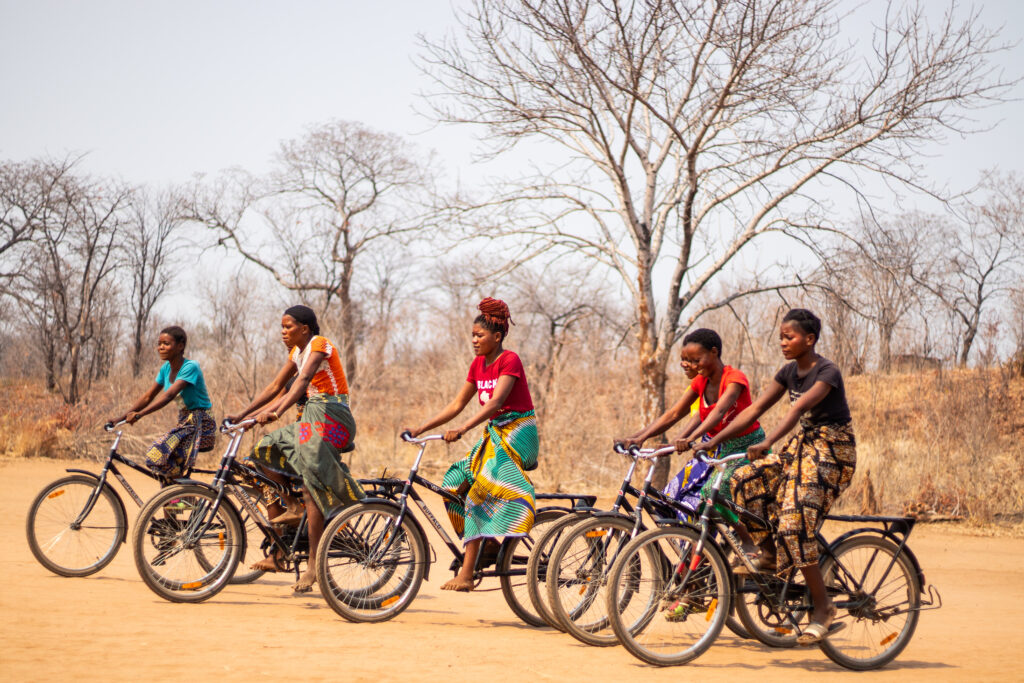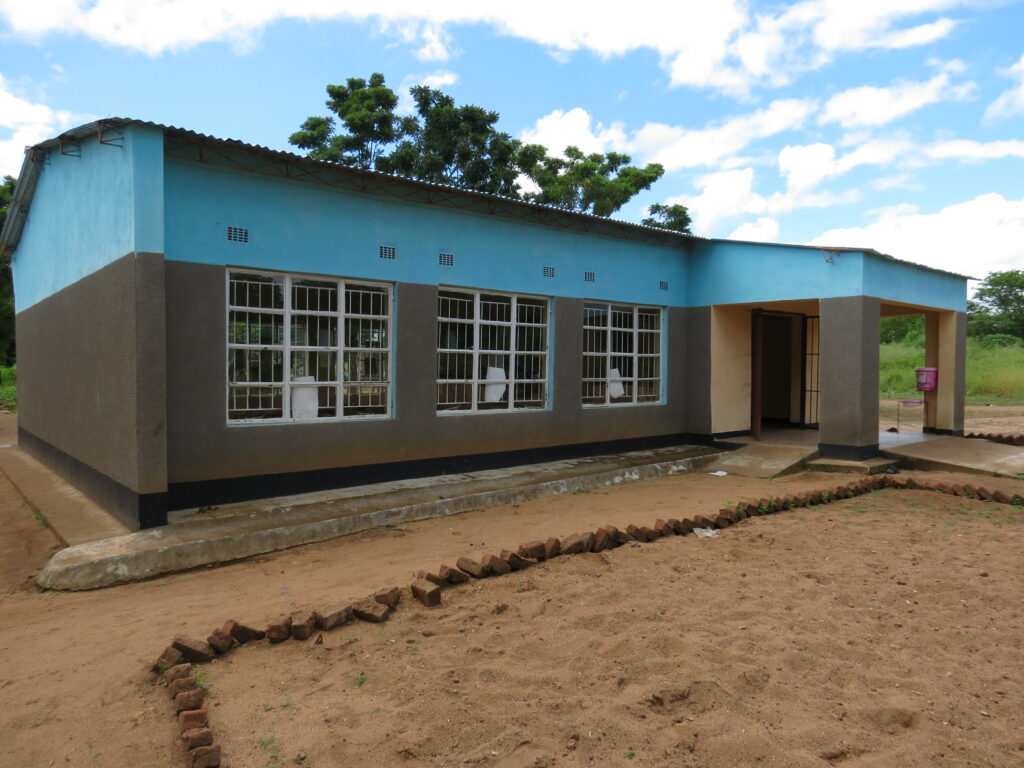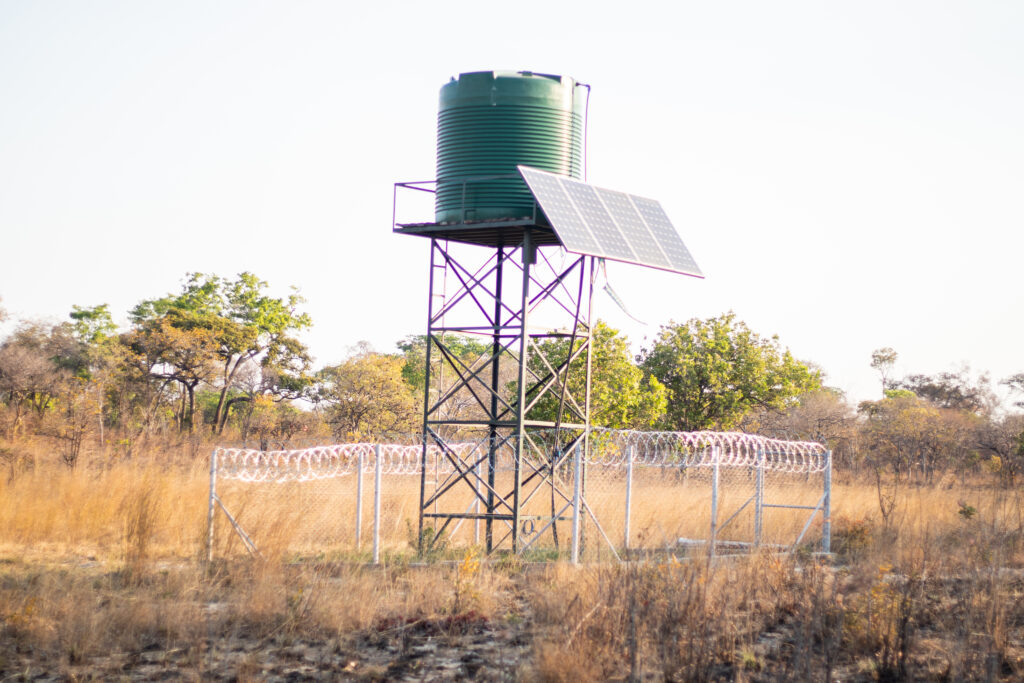Carbon offsets have an intrinsic dual role to play in the battle against climate change. They enable companies to support decarbonization beyond their own carbon footprint, thus accelerating the broader transition to a lower-carbon future. They also help provide stacking opportunities for the removal of carbon dioxide from the atmosphere—delivering negative emissions, which will be needed to neutralize residual emissions that will persist even under the most optimistic scenarios for decarbonization.

When we focus though on the human value and the community development side of what REDD+ is doing on the ground the significance becomes even more incredible! The revenue from the sale of offsets is changing the lives of communities that are very much at the forefront of the impacts of climate change. The roles of indigenous communities play an ever-increasing part in environmental protection. REDD+ is no exception, with evidence showing that indigenous communities conserve up to 80% of the earth’s remaining biodiversity, that store significant levels of carbon within those territories. However, as the communities on the frontline, many have already been, or are projected to be hardest hit by the impacts of climate change.
In rural communities the links between deforestation and socioeconomic disenfranchisement are undeniable. It is impossible to combat one without acting to combat the other.
REDD+ has proven itself as an extremely durable and sustainable form of conservation finance in the Chiefdoms that we partner with. Projects such as ours are the future, as we move away from aid dependency towards sustainable revenue streams, African countries need to look at how nature-based solutions can help fund Africa’s future as a two-pronged approach to create robust circular economies, all the while combating climate change.
The average household income in the Luangwa Community Forests Project (LCFP) has increased by 171% across 225,000 people. LCFP is impacting the highest number of people of any REDD+ project in the world we are aware of. This is in a country ranked as a HIPC by the World Bank, and Eastern Province has one of the highest poverty rates in Zambia. The LCFP, in the middle of a recession in Zambia, with loan interest defaulting amidst COVID-19, has dramatically increased household-level incomes. Overall, the economy is estimated to have contracted by 1.2% in 2020 – the first recession for Zambia since 1998. Provinces along Zambia’s periphery (like Eastern) are where poverty is concentrated.
Poverty in Eastern Province is estimated to affect 74% of the entire population. Tourism was hit extremely hard due to COVID, and climate finance has proven to be the biggest economic injection through the LCFP in those Chiefdoms. Eastern also has an unemployment rate of approximately 98%, yet by our estimate, the LCFP has created over 2,000 revenue-creating opportunities for community members.

If we took a before and after shot of what some of the communities looked like, aside from the mango tree in the background, you wouldn’t be able to tell it was the same village. Impact projects and development include water reticulation points, boreholes, hammer mills, clinics, maternity wards, classroom blocks, toilets, and health outreach posts.
In terms of livelihoods; poultry houses, goat rearing, and fields of maize and soya withstand the harsher environments brought on by climate change because they have been planted and maintained under conservation farming methods and technologies, together with sustainable honey production. Key success points have been stakeholder engagement and participation in identifying needs by working directly with the Community Forest Management Groups (CFMGs). The needs that CFMGs address is real, and require investment to improve fundamental human rights across the Chiefdoms.

Three years into direct equitable disbursements, it’s rewarding to see the natural progression from basic needs to a sustainable and growing micro-economy, all supported through REDD+ finance. By shifting labor, capital and other inputs between sectors REDD is creating broad economic impacts. Revenue from REDD+ results in direct job creation. BCP supports Chiefdom hires and this is critical to beginning the revolution of development of towns that are now so dependent on main cities for resources. Communities have bought into the message of buying and supporting local.
REDD finance as a multiplayer of money is now supporting beyond just the infrastructure and creating the platform for community members in the construction industry to return back to their home town to develop projects, train and develop local skillsets, create opportunities for the production of local supply of materials, all while meeting the need of the communities that directly benefit from the outcomes. The small-scale farming initiatives using climate-smart agriculture have resulted in excess yield and generation of time. When farmers’ yields go up, they benefit from meeting their internal consumption and higher revenues and build economic resilience to fall back on in turbulent times.
This socioeconomic development is supported by improved governance and a greater demand for accountability and transparency. We envision a transition to increased participation from our communities even beyond where we are today. In a sustainable future where forests are recognized and imprinted as community assets, the need for the protection of forests is emphasized and participation in development starts to shift to community groups. This is why the strengthening of local institutions is a key strategy for BCP.
Our engagement teams place great importance on providing training, and guiding structures such as Annual Work Plans, which include costings, budgets, and planning for the fiscal year ahead—based on social needs and mapping out how to address these concerns. In addition, it creates a very strong environmental consciousness of land-use, and how to optimize agroforestry to move away from forest degradation and create new and beneficial ways to conserve natural resources through the use of climate-based solutions to generate income. All of which are part of a healthy and secure government.
We want to make REDD+ sustainable now and beyond BCP in all our project areas, and we will do this by creating and building capacity in the communities in which we operate.
